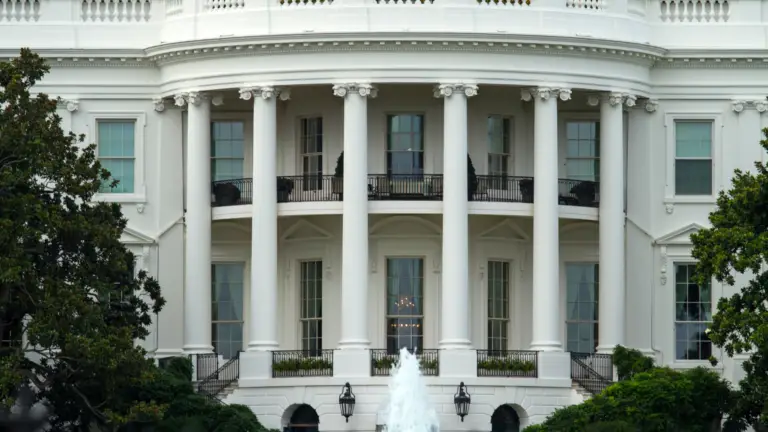The White House
The White House, located in Washington D.C., is one of the most recognized and iconic buildings in the world. As the official residence of the President of the United States, this historic structure is a symbol of political power and a silent witness to significant events throughout American history. In this blog, we invite you to explore the fascinating development and architectural significance of this iconic presidential mansion.
I. History and Context:
The White House has a rich history dating back to the 18th century. We will explore the historical context in which it was constructed and how it has evolved over the years. From its initial construction to subsequent expansions and renovations, we will discover how the White House has become a lasting symbol of the presidency and American democracy.
II. Design and Architecture:
The architecture of the White House is an impressive example of neoclassical style. We will analyze the influence of architects like James Hoban and Benjamin Henry Latrobe in the design of the presidential mansion. We will explore distinctive architectural elements such as Ionic columns, pediments, and the iconic North Portico that give the White House its imposing and elegant appearance.
III. Notable Features:
In addition to its exterior design, the White House houses numerous notable features and spaces within its interior. From the iconic Oval Office, where crucial decisions are made by the President, to historic halls and rooms, we will delve into the interior spaces and uncover the rich history and significance of each.
IV. Preservation and Restoration:
Over the years, the White House has undergone significant preservation and restoration work to maintain its historical integrity. We will explore the efforts made to preserve this architectural heritage and how renovations have been carried out to ensure that the White House endures as a symbol of the presidency and American history.
V. Meaning and Legacy:
The White House is not just a building; it holds profound meaning and a lasting legacy. We will discuss how the White House has become a symbol of democracy and the influence of the U.S. presidency worldwide. We will also explore its role as an important historical site and a tourist attraction that draws visitors from around the globe.
The White House is much more than a presidential residence; it is a symbol of political power, history, and democracy. Through its imposing architectural design and rich history, the White House has made an indelible mark on the political and cultural landscape of the United States. This blog invites us to appreciate the beauty and significance of this historic monument.




